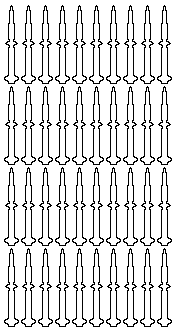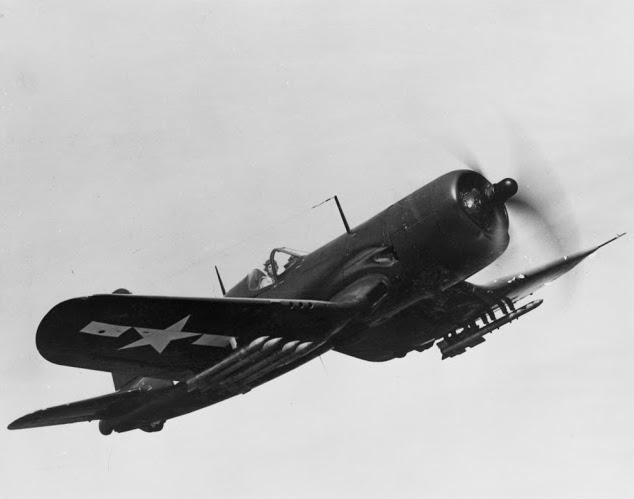The F-111B: A Missed Opportunity? (1961-1968)

A prototype F-111B lands on USS Coral Sea (CV-43) during carrier trials in 1968 The saga of the F-111 is well known. In the late 1960’s, the United States Air Force and United States Navy were both looking for a new tactical fighter and the Department of Defense mandated that they cooperate and develop a single airframe with variants for both services. The Air Force variant, a low-level attack plane, entered service in 1967 as the F-111A Aardvark. Fast, long-ranged, and equipped with sophisticated electronics, the F-111A and its later versions served with distinction from the Vietnam War to Operation Desert Storm. It also was modified into a highly effective electronic warfare plane (the EF-111) and Strategic Air Command even operated a version (the FB-111) as a nuclear bomber. However, the Navy’s F-111B variant, a long-range interceptor, was cancelled in 1968 after only seven prototypes had been built. The stated reasons for this cancellation was that the plane was too heavy, u...

